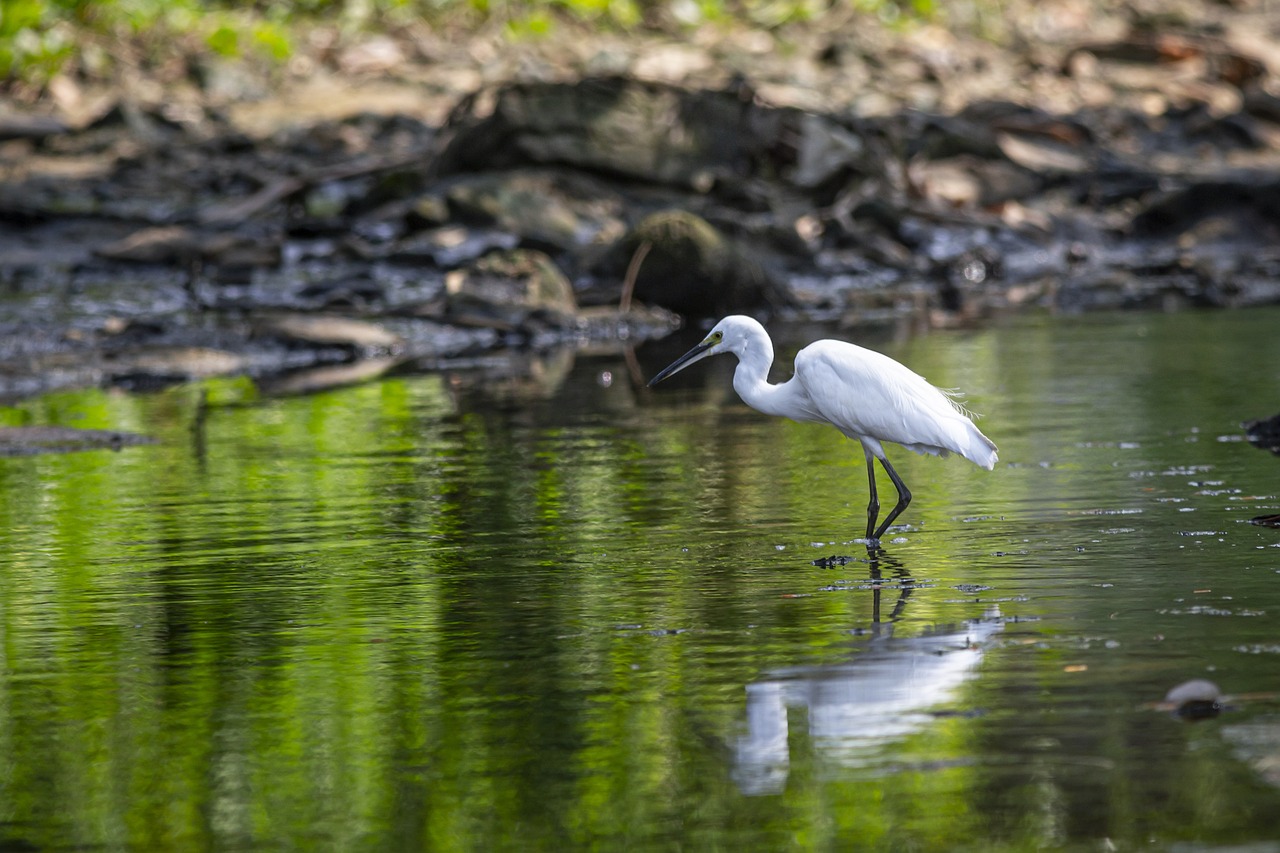Roman Sculpture of Bacchus in the Boboli Gardens
Time Period: 1st – 2nd Century A.D.
Location: Storage room of the Boboli Gardens, also known as “Stanzonaccio”
Material: Greek medium-grained marble
Dimensions: Height 176 cm (including plinth)
Inventory Number: Boboli Gardens no 220
This captivating sculpture depicts the youthful god Bacchus, equivalent to the Greek Dionysus, characterized by a slightly diminutive stature. He is portrayed with his right arm elevated, grasping an abundant cluster of grapes. Draped across his shoulders is a panther skin, which he holds with his left hand, allowing it to cascade down his torso for support. The deity’s visage, notably praised by the renowned art historian Johann Joachim Winckelmann for its soft modeling, is adorned with a decorative bandage, interspersed with grape clusters over his temples.
Bacchus’s torso—slender and imbued with youthful musculature—displays a graceful movement that aligns with his stance, where he balances on his left leg, while his right leg, slightly bent, complements the positioning of his arms. The arms themselves are believed to be modern reconstructions from various fragments, some potentially ancient. Noteworthy restoration sections include the nose, head top, neck area adjacent to the panther skin, and several parts of the legs and torso, alongside the panther skin. The original model likely drew inspiration from the Westmacott Ephebe of the late 5th century B.C.
This piece finds similarities with another statue residing at the National Roman Museum in Palazzo Massimo alle Terme, discovered in the Angelicum area of Quirinal Hill. A distinctive trait of this comparably executed sculpture is its differently arranged panther skin. Moreover, another Bacchus statue recently surfaced in the antiquities market and is held in a private collection in Rome. In this instance, the panther skin adorns him in a manner that echoes a headless statue from the Ludovisi collection in Brussels.
While the numerous modern restorations complicate precise dating, the soft depiction of hair and specific drill markings in both the hair and grapes hint towards the portraits of Antinous from the Hadrianic era, echoing the eclectic artistic interpretations typical of the Antonine period. Compact in size, this Florentine statue likely adorned a garden, nymphaeum, or thermal bath. Additionally, it has been speculated to possibly serve as decorative art for a religious site, relating back to Roman Bacchus motifs.
This sculpture amassed significant acclaim during the 17th and 18th centuries, making its initial recorded emergence in 1584, during a sale of Capranica alongside two other Bacchus depictions. By 1588, it likely found a home in the Great Hall of Villa Medici in Rome, displayed there until at least the early 18th century. An engraving by Paolo Alessandro Maffei from this period shows the statue restored to its contemporary appearance within the villa gardens. Later, it was cataloged in the inventories of 1740 and 1774 as part of the Roman estate’s preserved artworks, likely transferred around the 1730s after the restoration of the respective room. By 1778, this sculpture remained in Rome, tended to by Francesco Carradori, who addressed its left arm restoration and patina. Ultimately, after being cataloged to relocate to Florence, it reached the Tuscan capital in 1788. Its present location in Boboli Gardens came about in 1794, orchestrated by that period’s director, Tommaso Puccini. Now, this representation of Bacchus resides in the storage area of the gardens.



